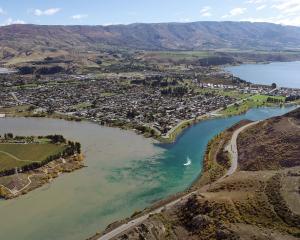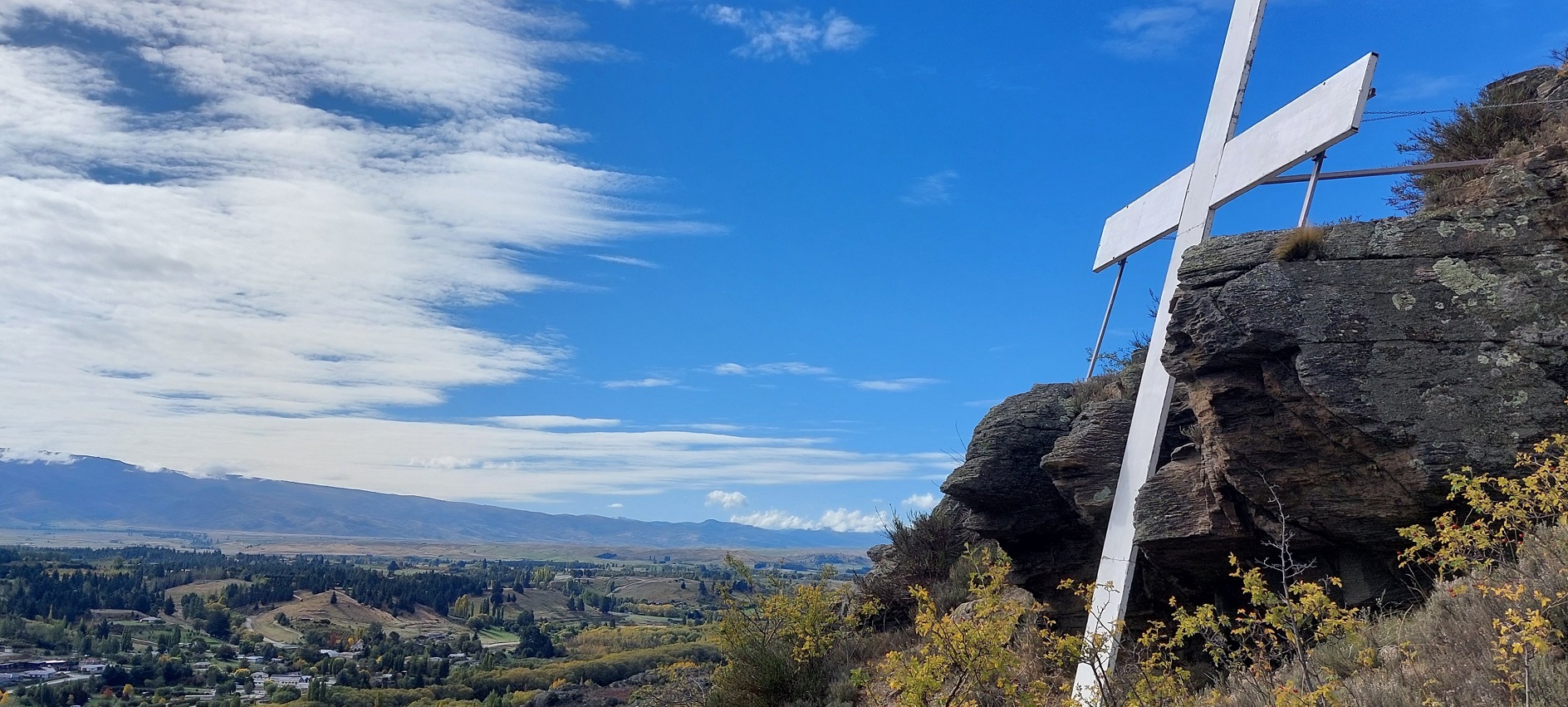

By 1967, when the Alexandra clock was suggested by Jaycees to the public, far fruitier things were happening than a clock. American cars had massive fins and flamboyant chrome bits just because. Women were wearing skirts that only just covered their underpants. Men’s hair was threatening to cover the collar. Cartoon characters on children’s programme Clutch Cargo had superimposed human mouths synchronised to the sound track. Dunedin Botanic Garden’s sun umbrella-shaped tea kiosk was built the previous year. Sgt Pepper’s came out in 1967. A hillside clock was the natural next step.
Not everyone was initially, "Anything goes, man". But then a six-week trial of a life sized, on-site mock-up eventually resulted in majority support. The clock took only five months to build and all of the labour, apart from the clock mechanism, was done by volunteers.
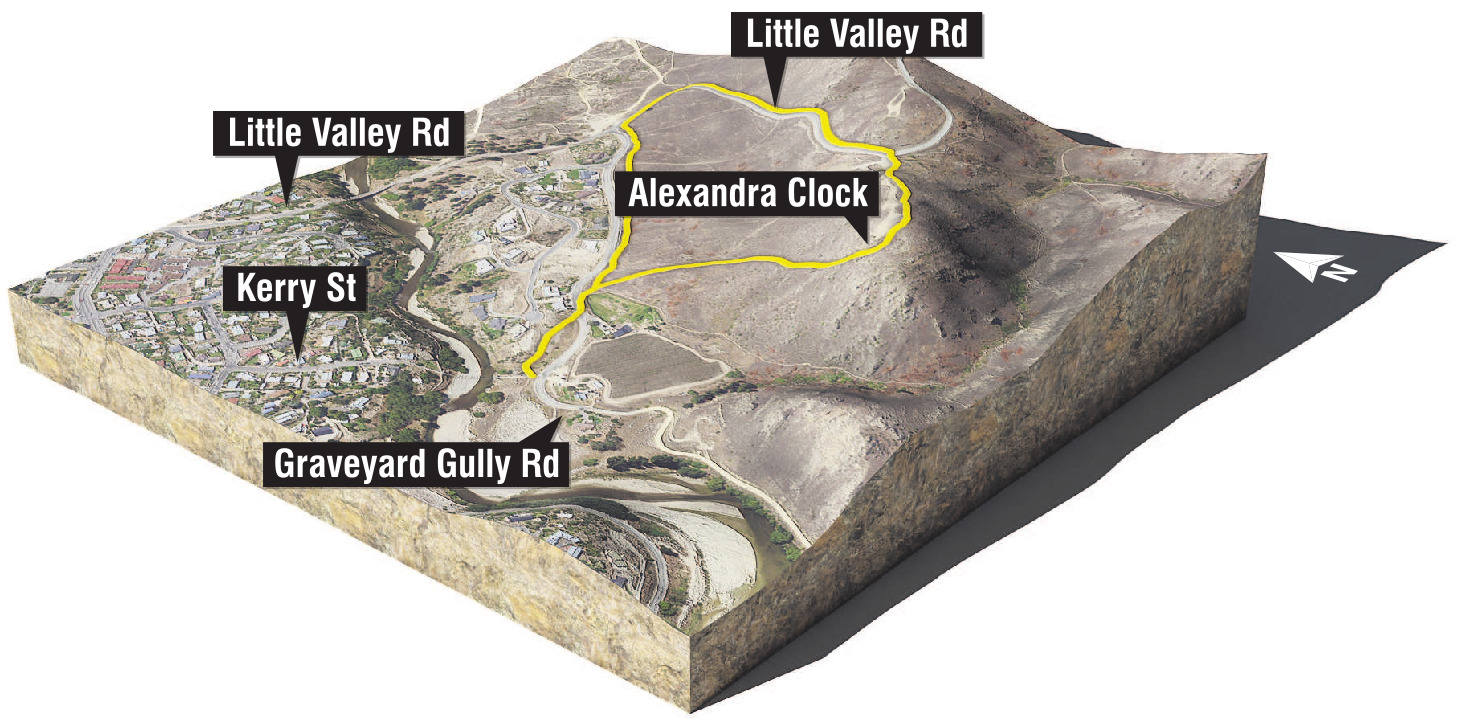
There’s only a short walk up but it’s steep enough, dry and barren enough to be a pretend Kilimanjaro. Incongruously, a background smell of thyme evokes Sunday roast.
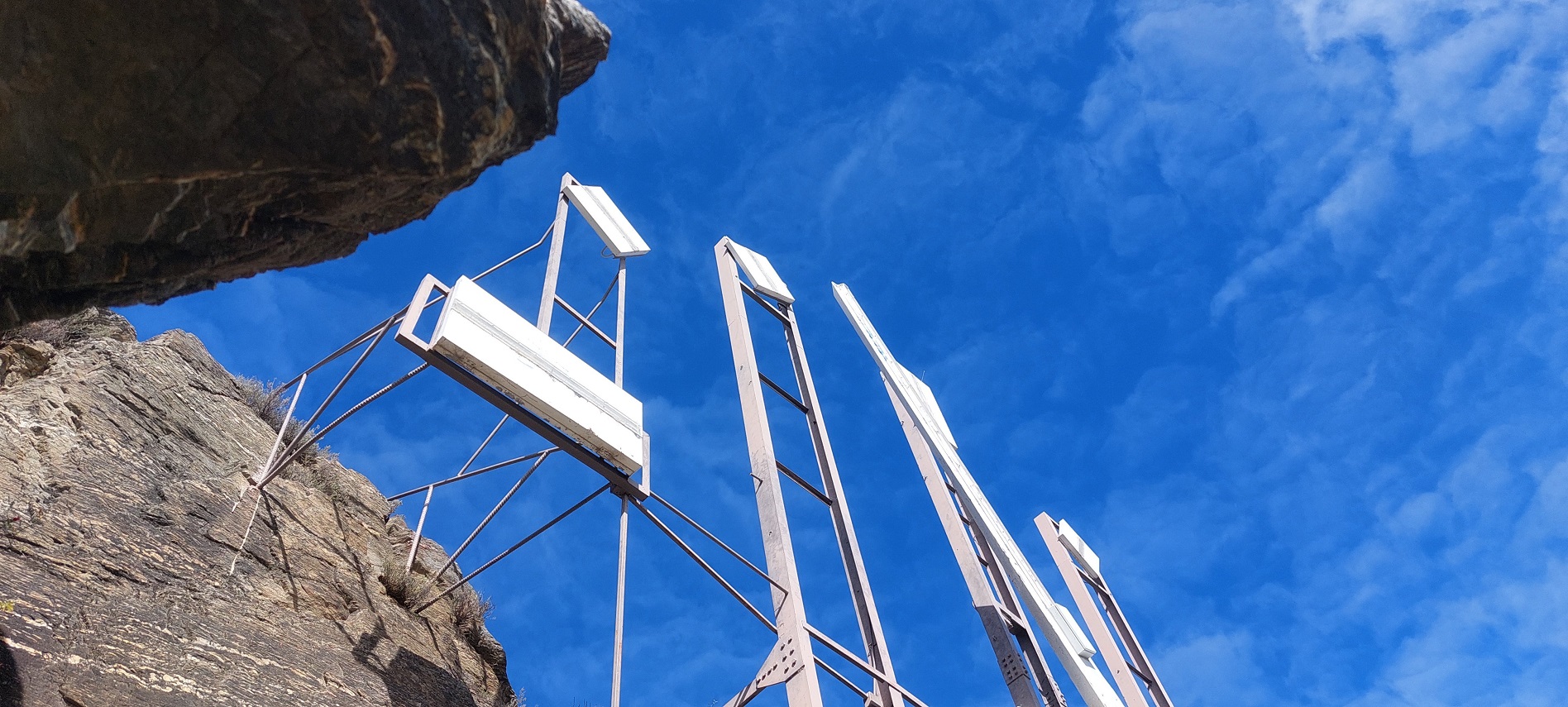
One visitor, Kai, climbed up the actual clock and wrote their name on the back, leaving either an embarrassing souvenir of their youthful ego or an admirable trophy of their agility and athleticism.
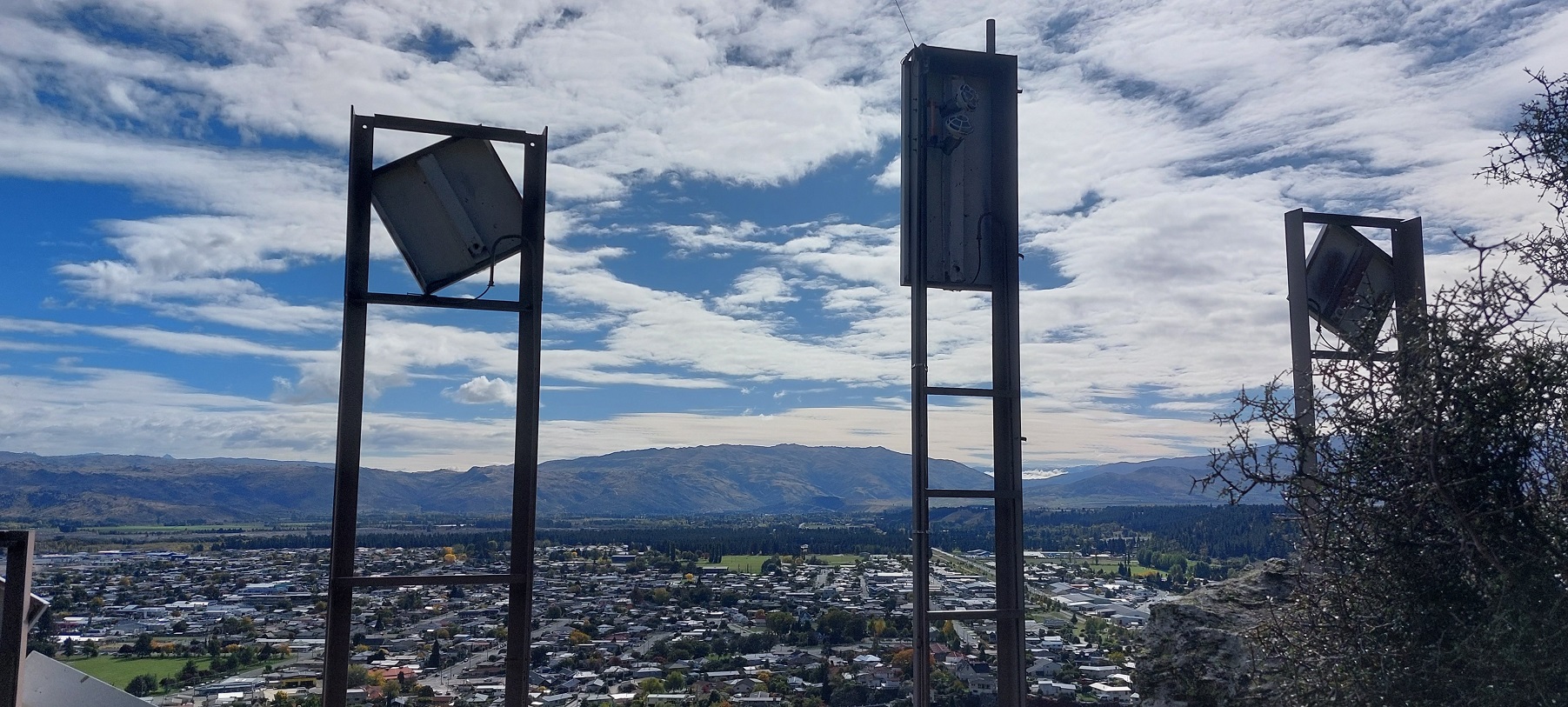
Almost a giant piece of pop art, the clock itself is one thing. It’s also a nostalgia shrine to an explosively creative, innovative period.







